Aizu, a Charm for Repeat Visitors
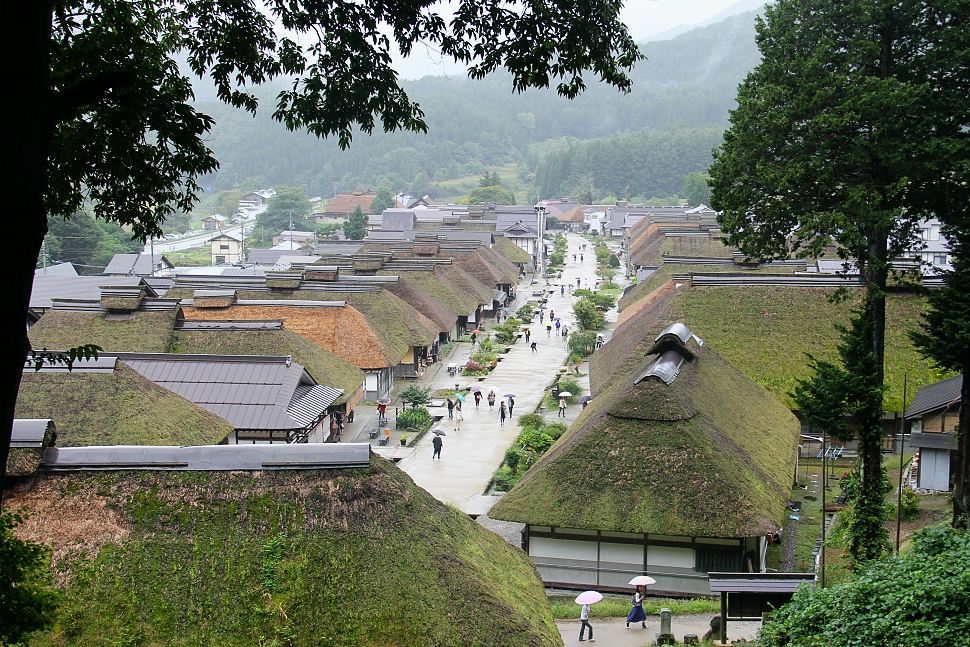
Aizu, the westernmost part of Fukushima Prefecture in Japan's Tohoku Region, is an area that epitomizes traditional Japan. Not only a center of agriculture with traditionally high quality produce, rice and sake, this cozy pocket of the country is also rich in culture, boasting celebrated local art and craft work; especially in the way of lacquerware and pottery. In addition to agriculture and industry, Aizu holds a special significance in history as one of the areas directly affected by the Boshin War, a civil war that accompanied the switch from the feudal system of the Edo Period to the modernity of the Meiji Period in the 1860s. This mixture of heritage and resources has shaped Aizu into a unique place ideal for second and third time visitors to Japan.
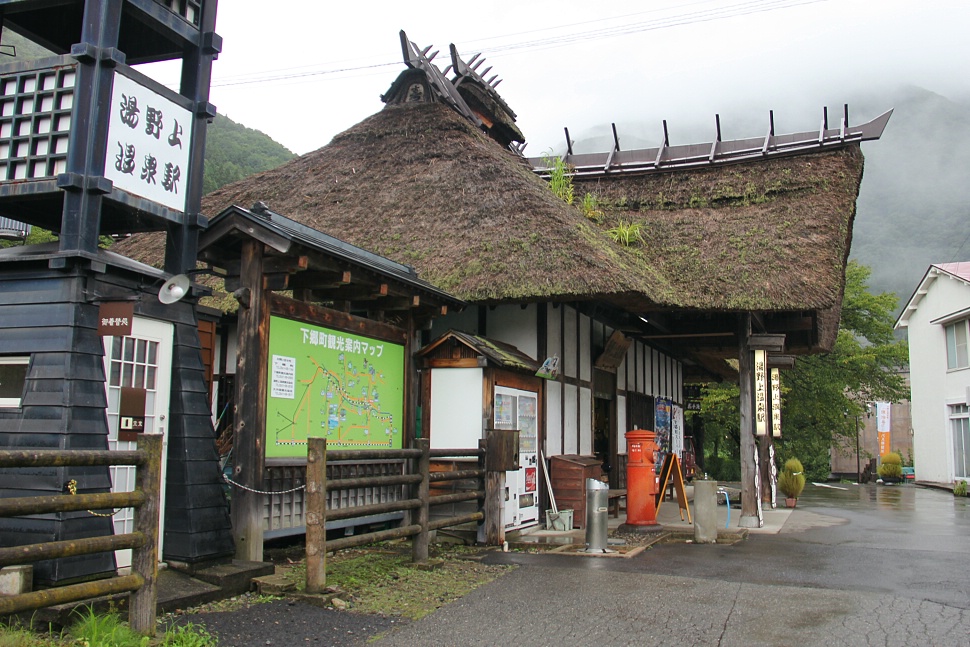
I arrive in Aizu and initially find myself at Yunokamionsen Station, an unexpected gem of the Aizu countryside. Housed in a beautiful, traditional building, this is the only train station in the country with a thatched roof. Inside lies a small souvenir shop with a countryside atmosphere while adjoining the station is a free foot spa where I join other travelers and rest my feet ahead of an exciting day of exploration.
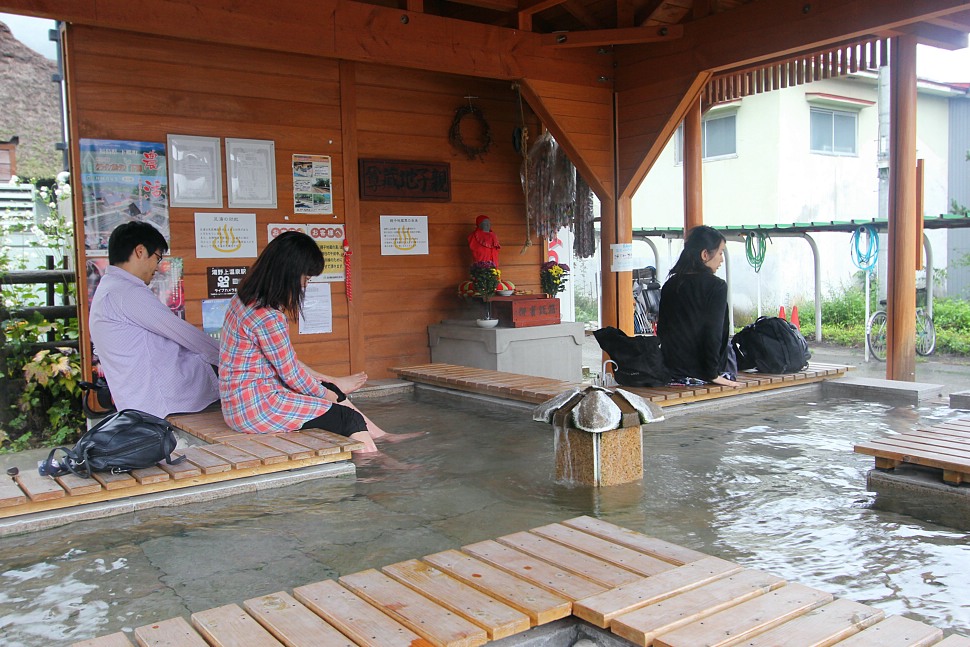
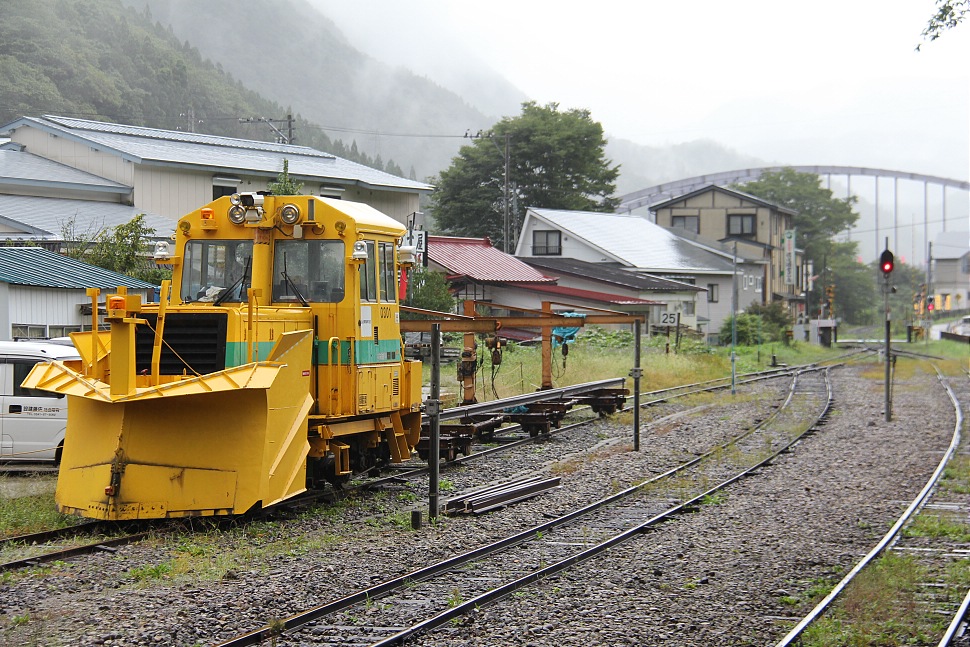
I arrive at Ouchijuku, the first stop on my list, excited to take in the sights and smells of this old village. Ouchijuku rose to prominence during the Edo Period as a post town on the old route connecting Aizu to Nikko. Many weary travelers stopped here for rest and replenishment until a different route was forged during the Meiji Period that diverted much of the traffic away from Ouchijuku. Despite spelling the end of Ouchijuku's boom period, this diversion allowed the town to resist modernization, and today it remains a perfectly-preserved snapshot of centuries past. I walk up the unpaved main road that is lined with wonderfully rustic thatched roofed buildings housing souvenir shops and eateries, the aroma of traditional fare enticing my taste buds. At the end of the main road I reach a hill from where it is possible to get excellent snaps of this authentic traditional Japanese townscape.
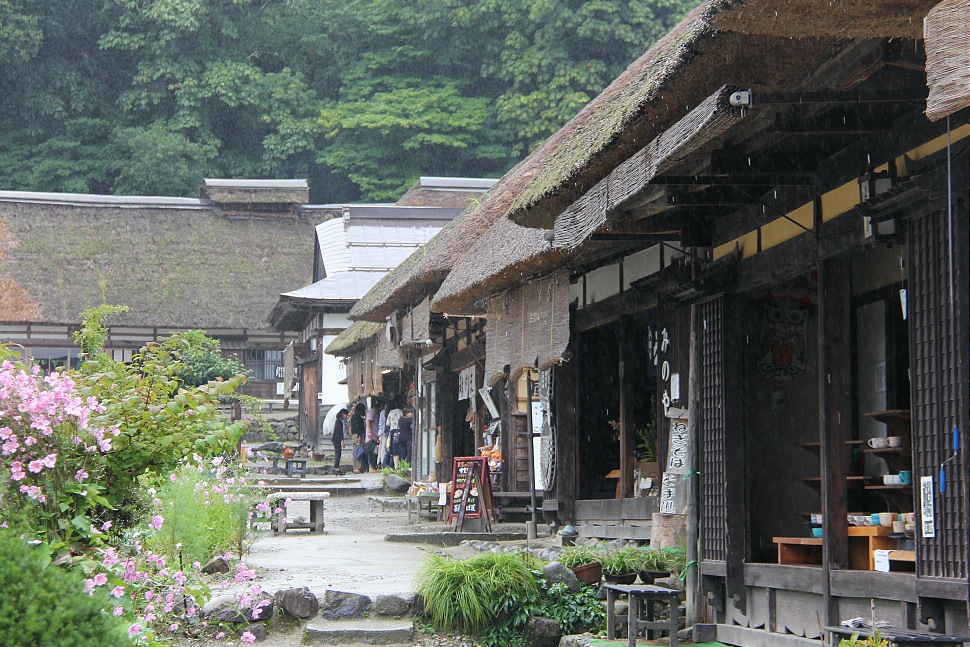
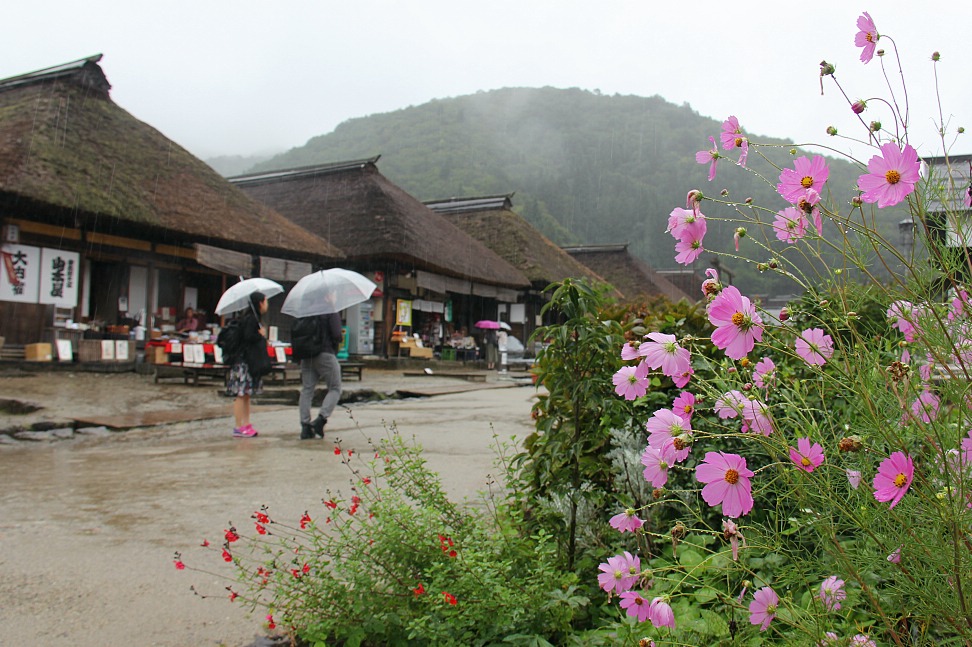
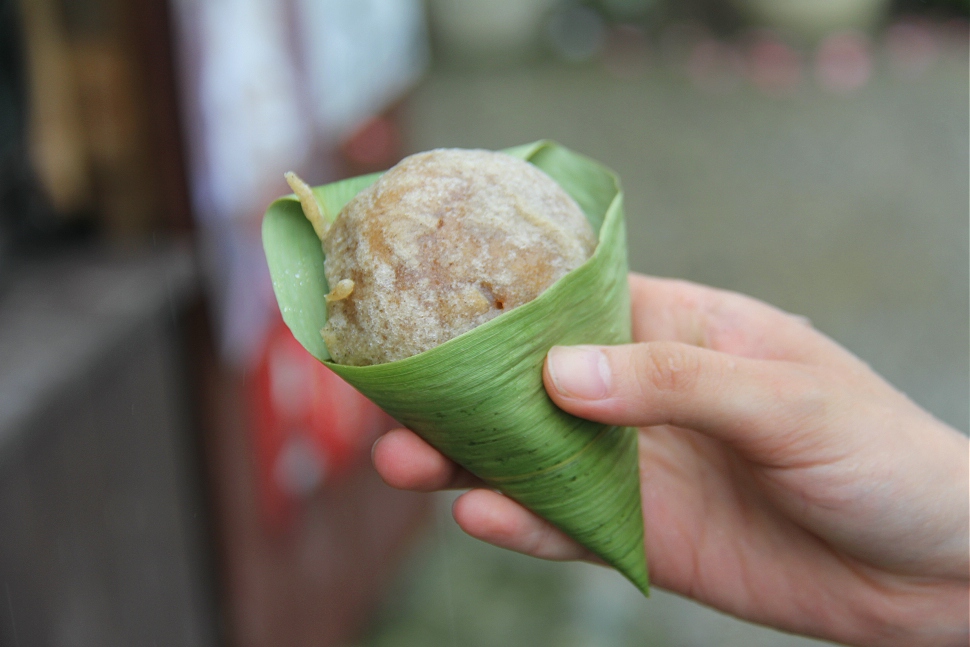
It's time for lunch, and when in Ouchijuku, one dish comes with particularly high recommendations. Negi Soba is a local noodle dish said to be an invention of a local who forgot his chopsticks on a hike in the surrounding mountains and plucked a leek from the ground to scoop up his noodles. Today this meal of buckwheat noodles in a mild soup topped with bonito flakes is enjoyed by countless visitors to Ouchijuku, especially at Misawaya, the restaurant that pioneered the dish and where I am lucky enough to be dining. The meal is served at room temperature and makes for a refreshing bite after a walk around the town.
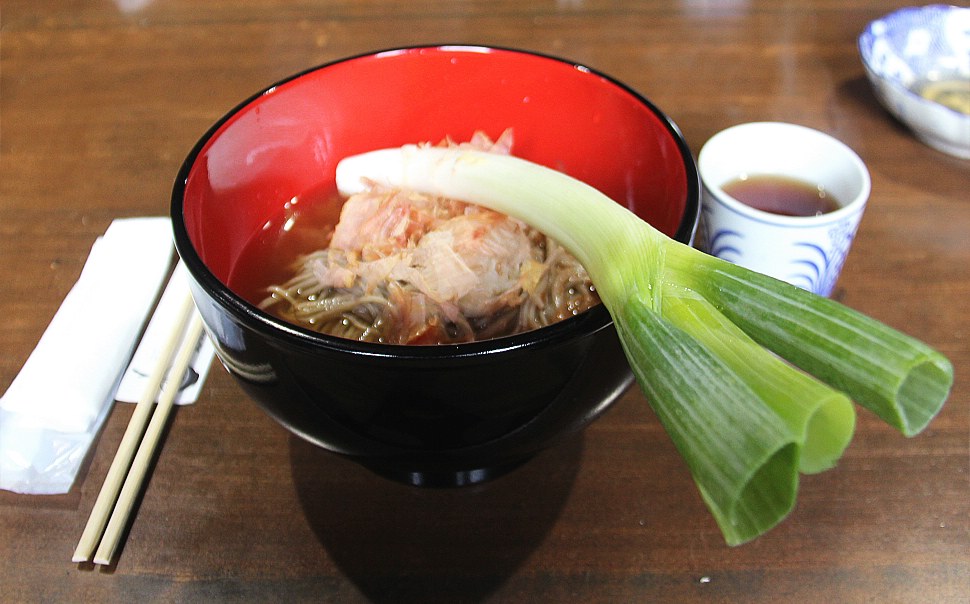
With my stomach full and my mind on exploration, I make my way to Aizu Brand Kan, a quaint shop in the Nanukamachi area of Aizu that showcases the region's traditional pottery and crafts. Aizu pottery, or Hongo Yaki as it is referred to by locals, has a 400 year history and dates back to the era when tiles were needed for the construction of the local castle. I peruse the pottery, especially impressed by how the pieces fuse this long tradition with sleek designs and colors to give them a modern touch. Also impressive are the local traditional crafts, or Nozawa Mingei, that line the shelves. In addition to traditional toys, Aizu's ubiquitous symbol of progress and unity, Akabeko (lit. 'Red Cow') is on display here.
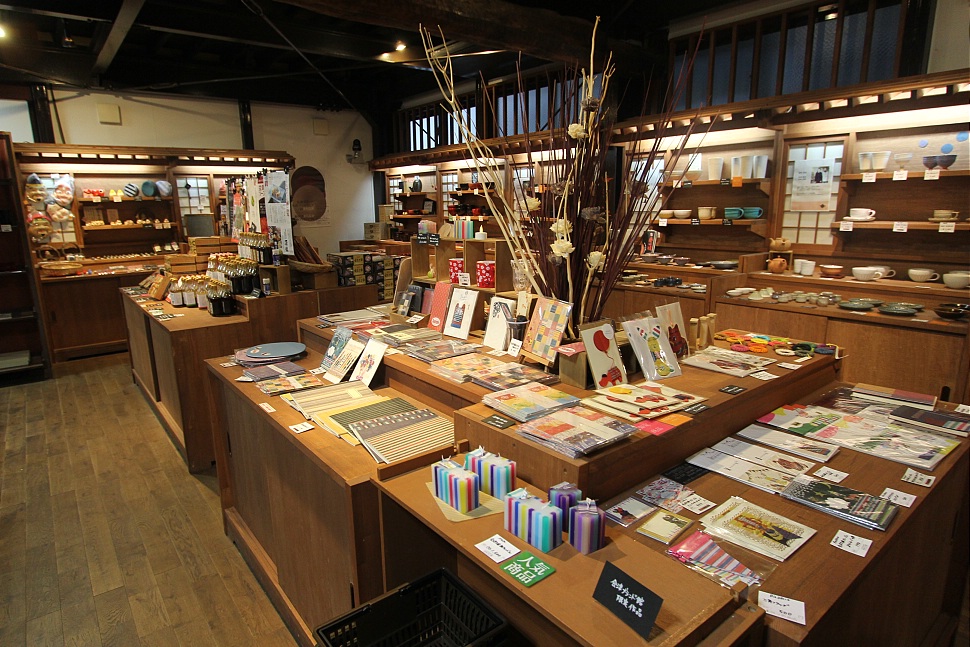
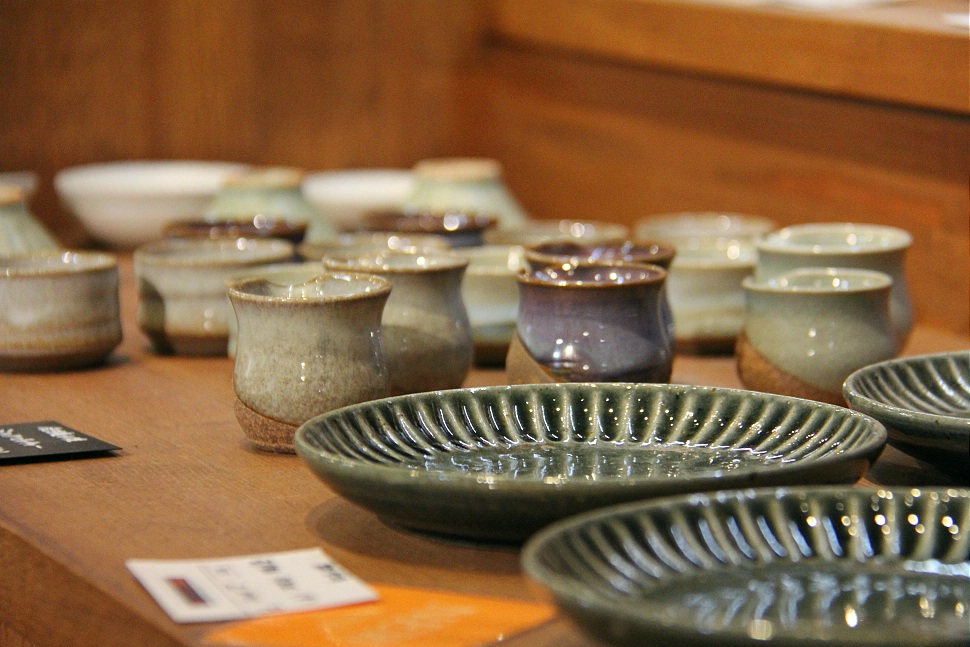
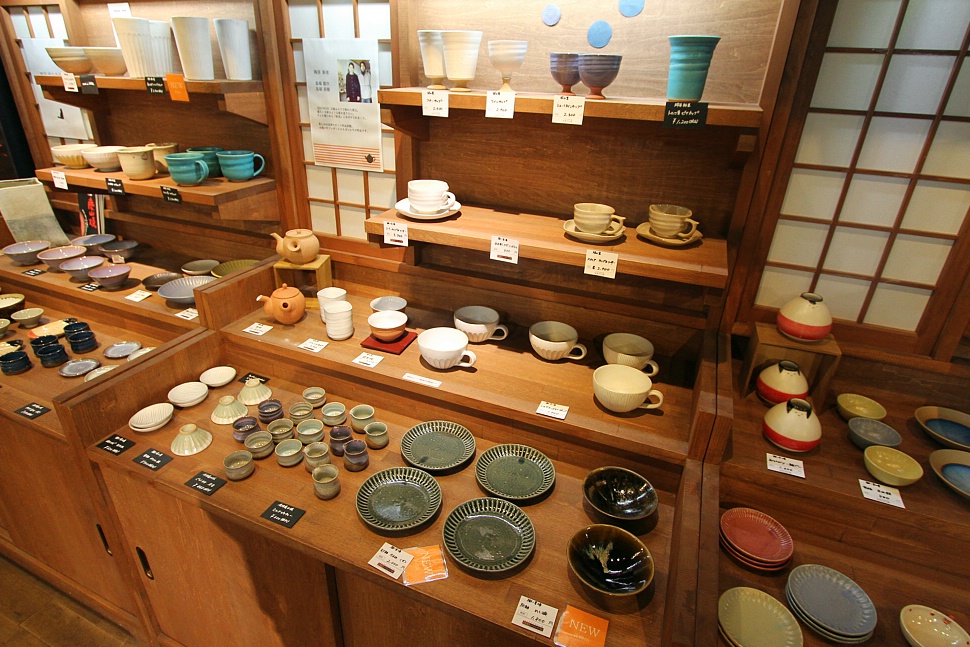
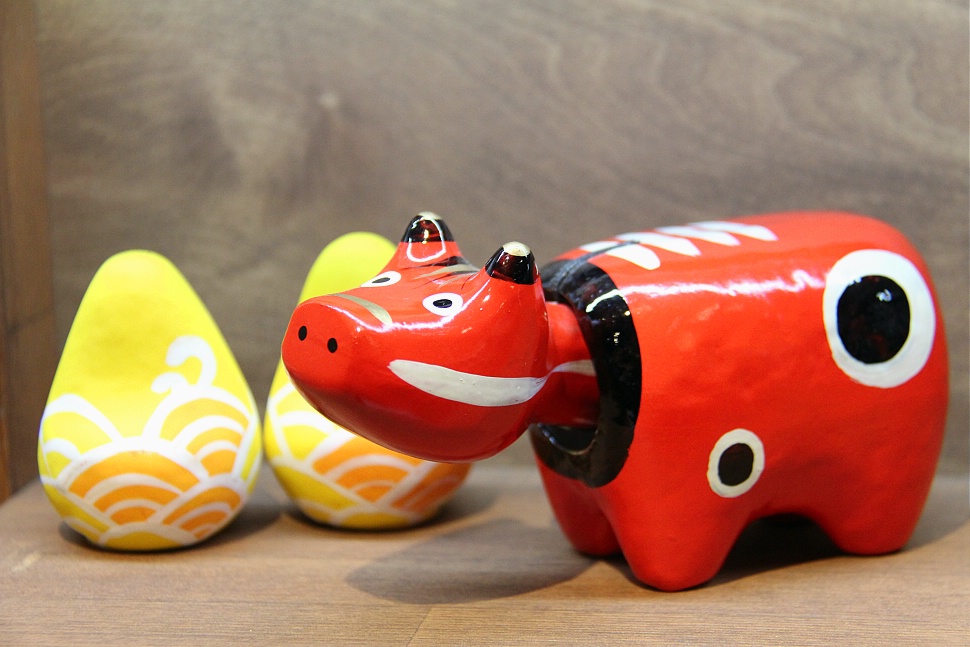
Next on my journey is a visit to Imoriyama, a mountain overlooking the city of Aizu-Wakamatsu with a long and illustrious history. The most eye-catching site on this hill is the Sazaedo Pagoda. Originally constructed in 1796 and thought to be inspired by the Chateau de Chambord in France, this double helix structure was originally a place of worship where visitors payed homage to 33 deities housed inside while traversing the corridor. The deities were removed during the Meiji Period, but the journey up, around and down the snaking corridor is still atmospheric and allows me to imagine how much of an awe-inspiring experience this must have been for religious pilgrims in decades past.
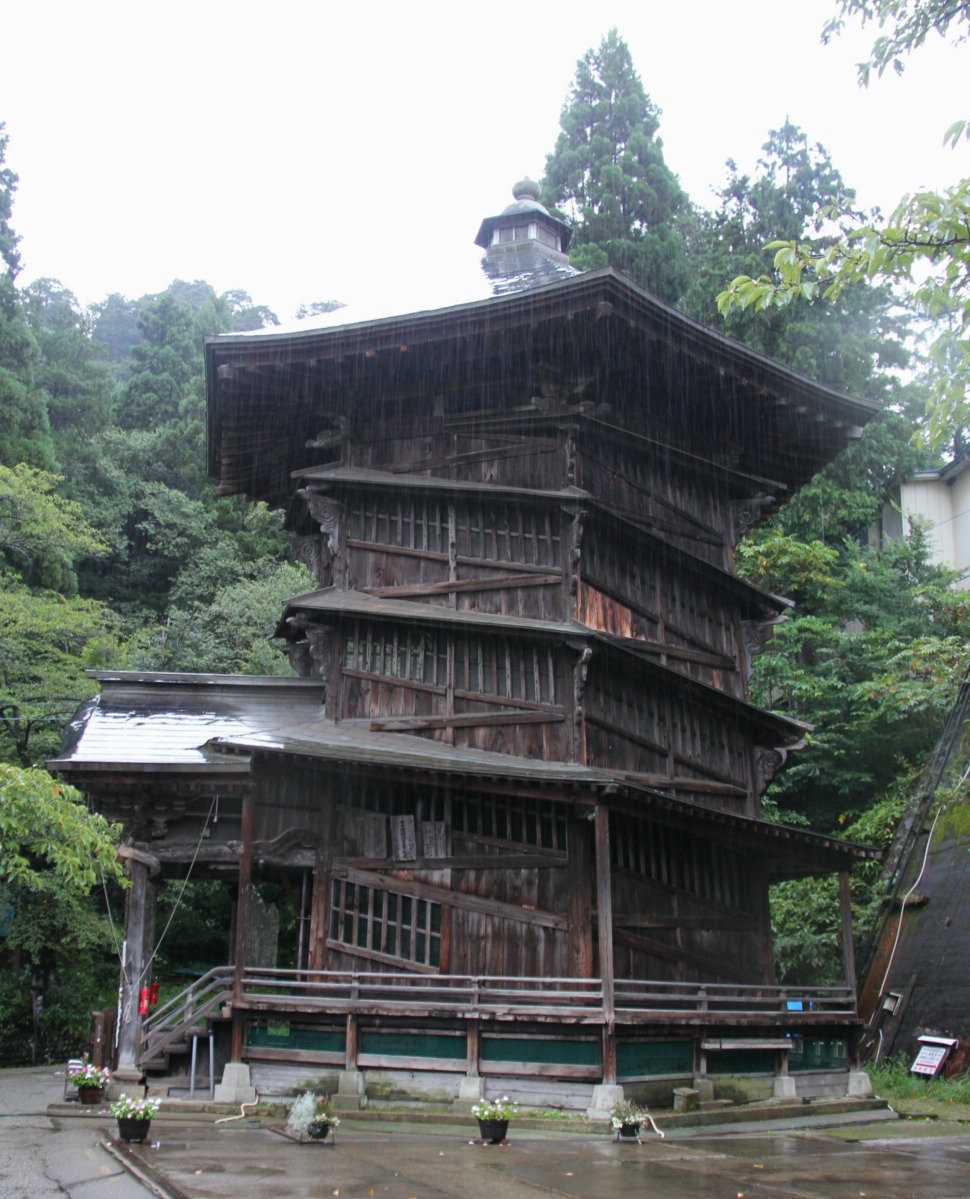
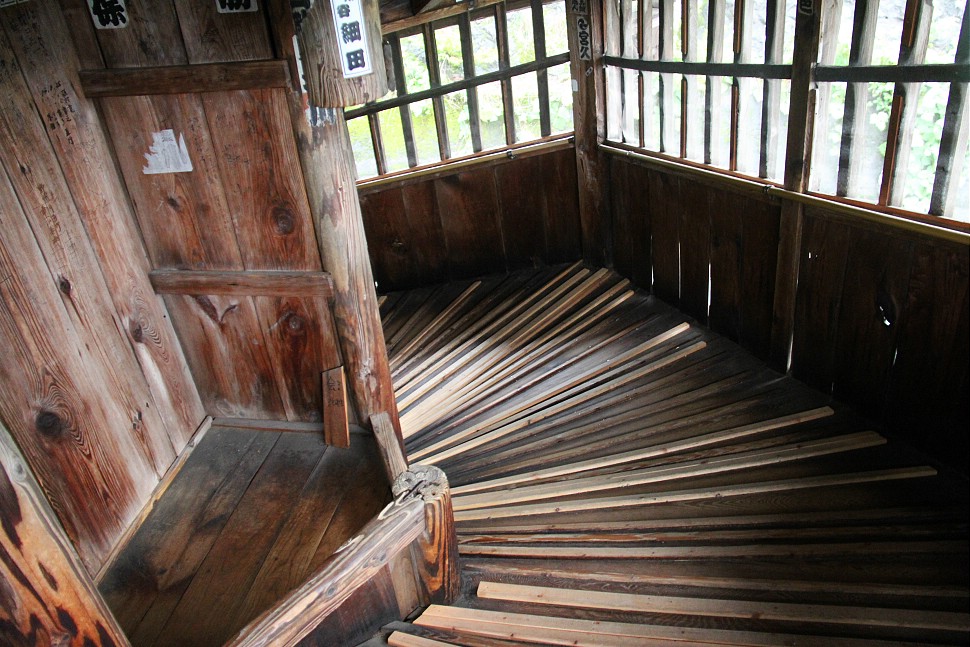
The day is drawing to a close and I head to Higashiyama Onsen at the outskirts of Aizu-Wakamatsu where I'll be spending the night. The hot spring is said to have been discovered by a monk in the year 740 after he was led to the spring by a three-legged bird. Picturesque and surrounded my greenery and mountains, the waters here are renowned for their softness and have been believed to ease muscle pain and soothe skin conditions since samurai frequented here during the Edo Period.
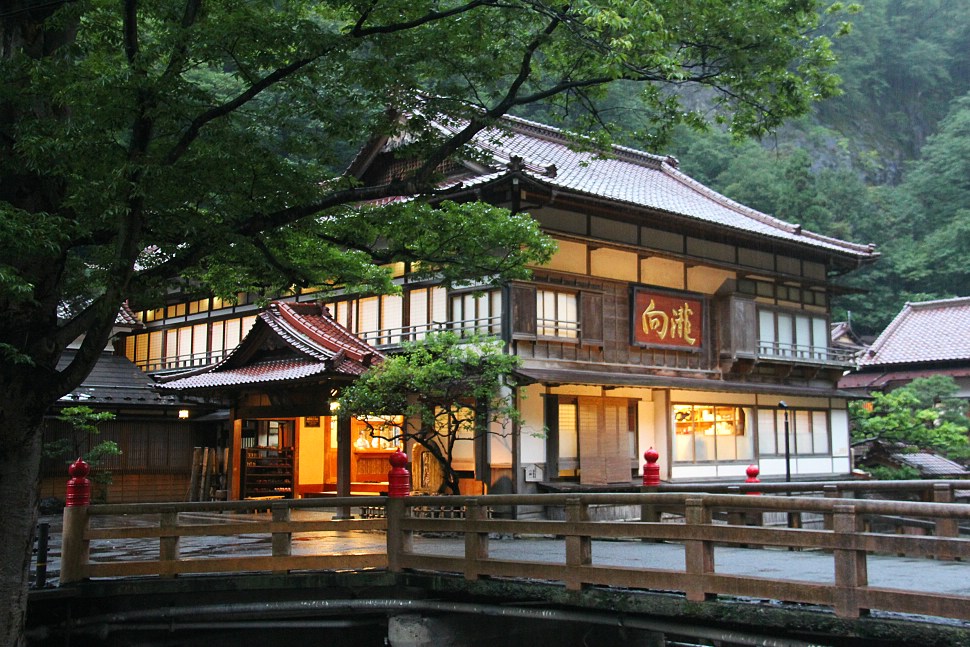
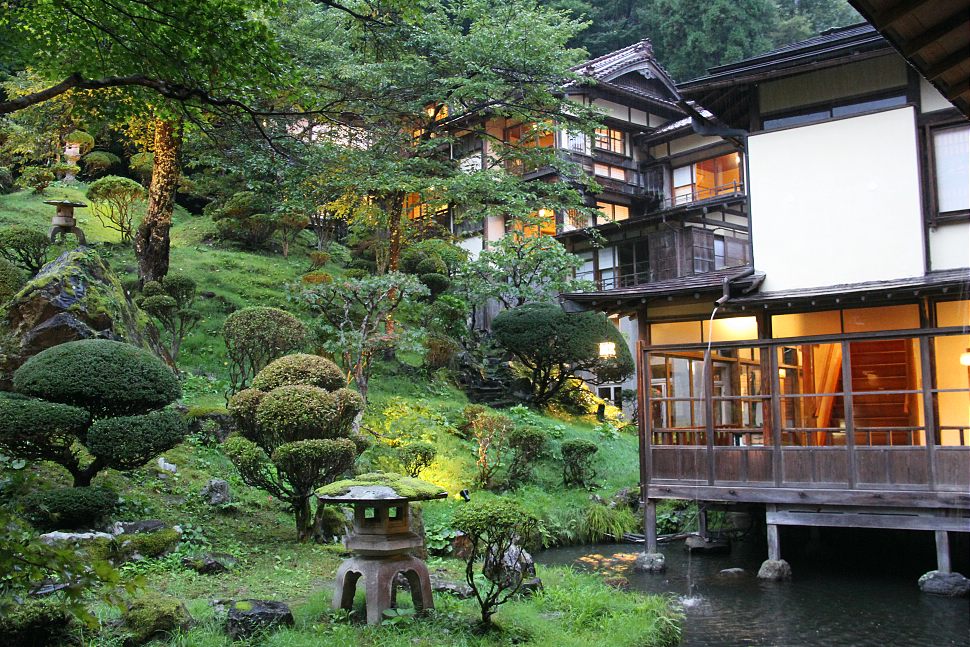
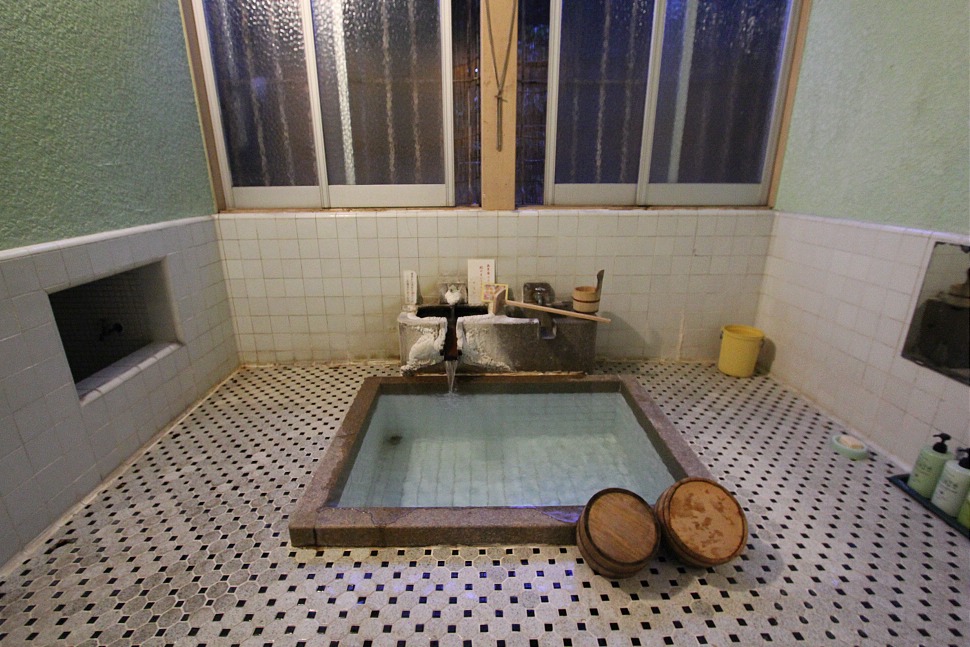
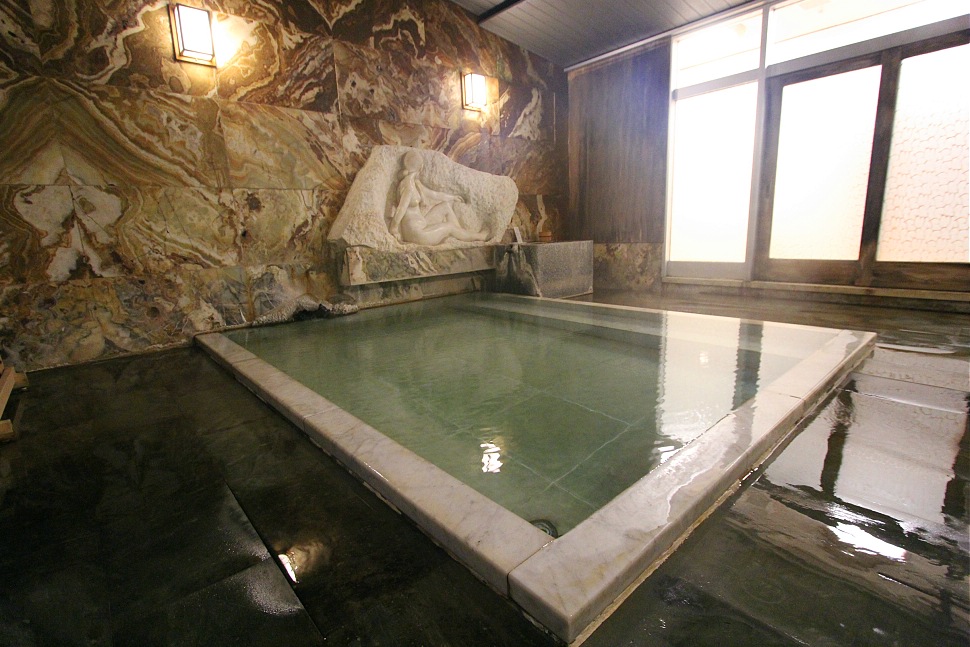
As well as serene surroundings and beautiful baths, the food served at Mukaitaki is top notch and is exclusively comprised of local Aizu produce. I sit down for dinner and am met with a multicourse feast that includes seasonal vegetables and fresh, locally-sourced fish and sashimi on top of some local favorites, such as autumnal vegetable soup. The meal is accompanied with a geisha service that here in Higashiyama Onsen, costs considerably less than in other geisha districts around the country. The service doesn't disappoint as our geisha entertains the room with witty conversation and, importantly, makes sure mine and the other guests' drinks are never empty! During dinner she performs a traditional Japanese dance routine accompanied by Japanese folk music. A great experience and a perfect end to an enjoyable day.
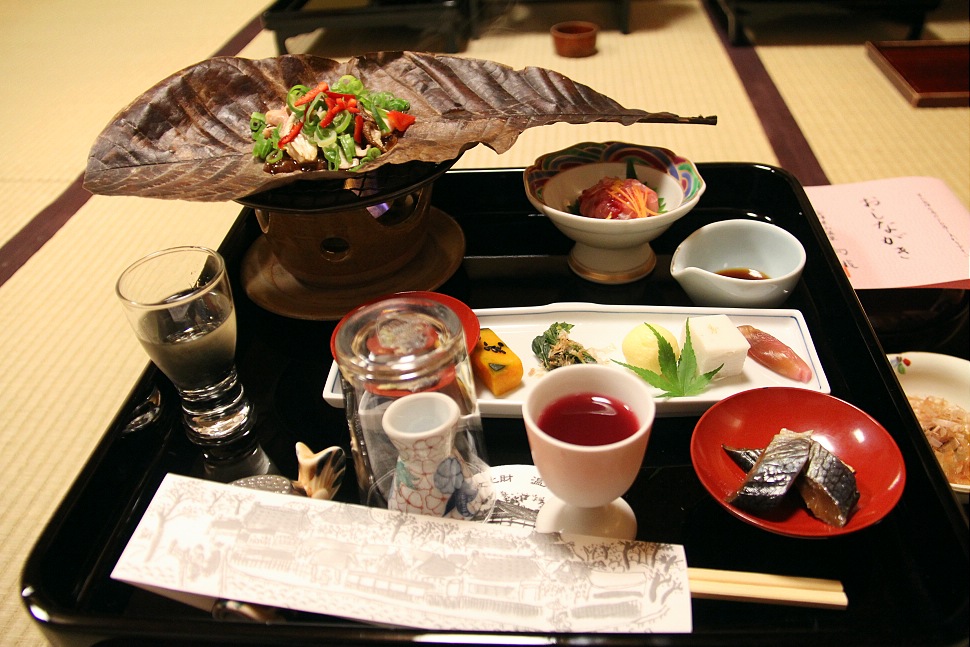
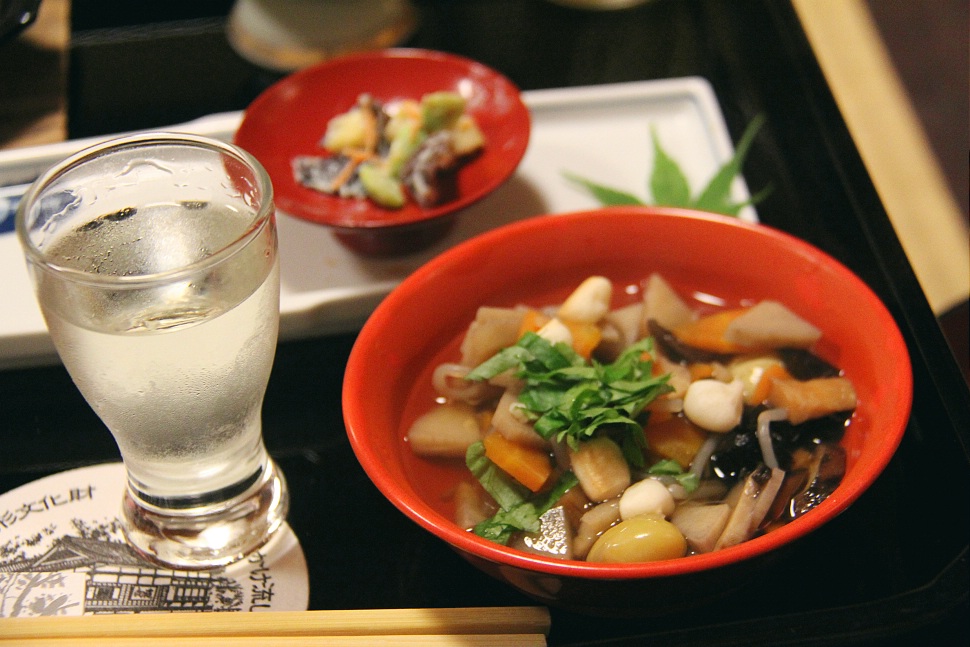
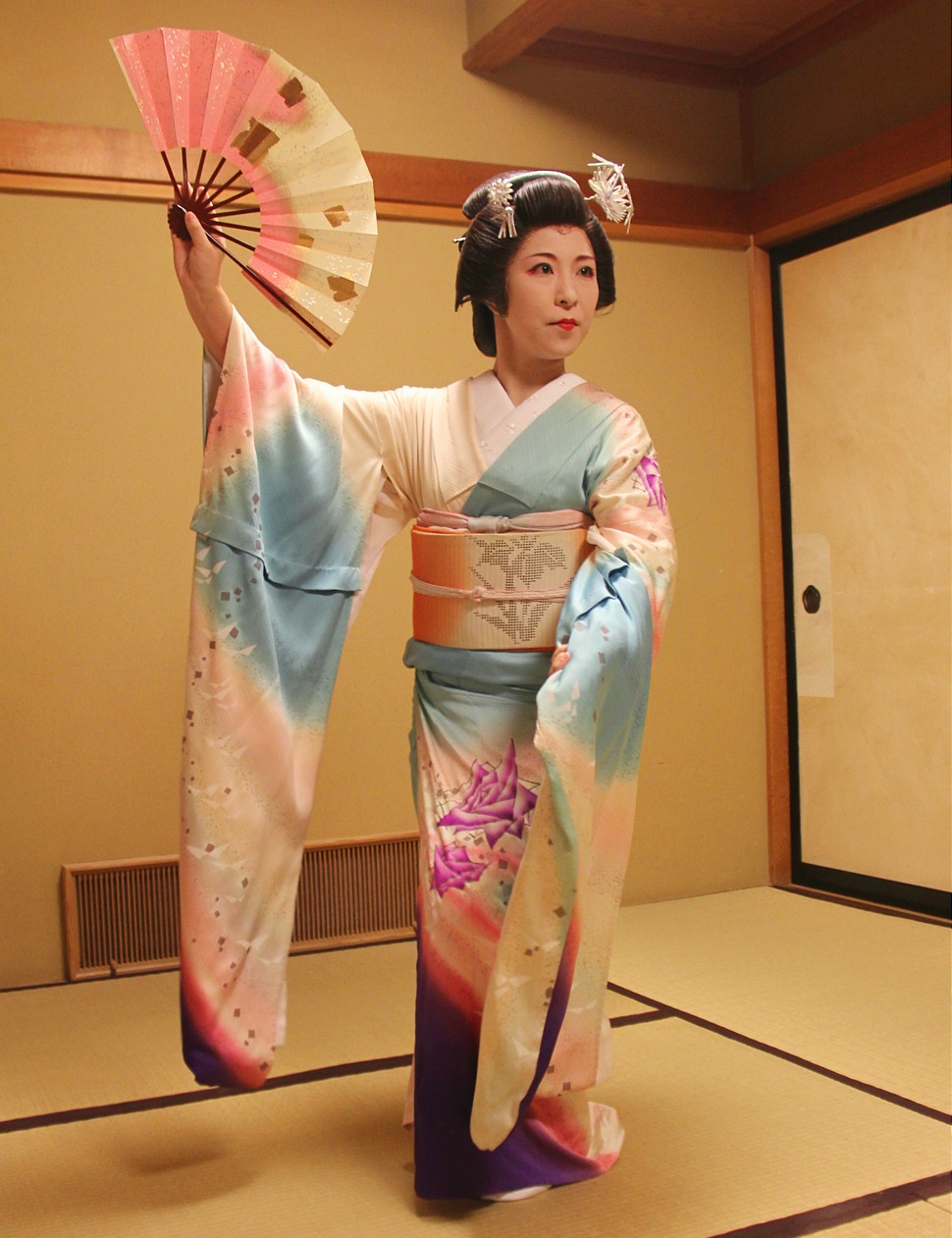
The next day I rise and, after a delicious ryokan breakfast including seasonal vegetables and miso soup, head to Tsuruga Castle. The castle was originally built around 600 years ago and in 1868 suffered severe damage during the Boshin War. The castle, then controlled by the Aizu clan who were supporters of the Tokugawa shogunate, came under fire from the insurgent Meiji forces who would go on to win the war and abandon the feudal system in favor of modernity. The castle was demolished completely after the Meiji Restoration, but was rebuilt in 1965. A unique feature of the castle are its red roof tiles which are said to be especially resistant to the low temperatures of the Aizu winters. Japanese castle typically have black roof tiles.
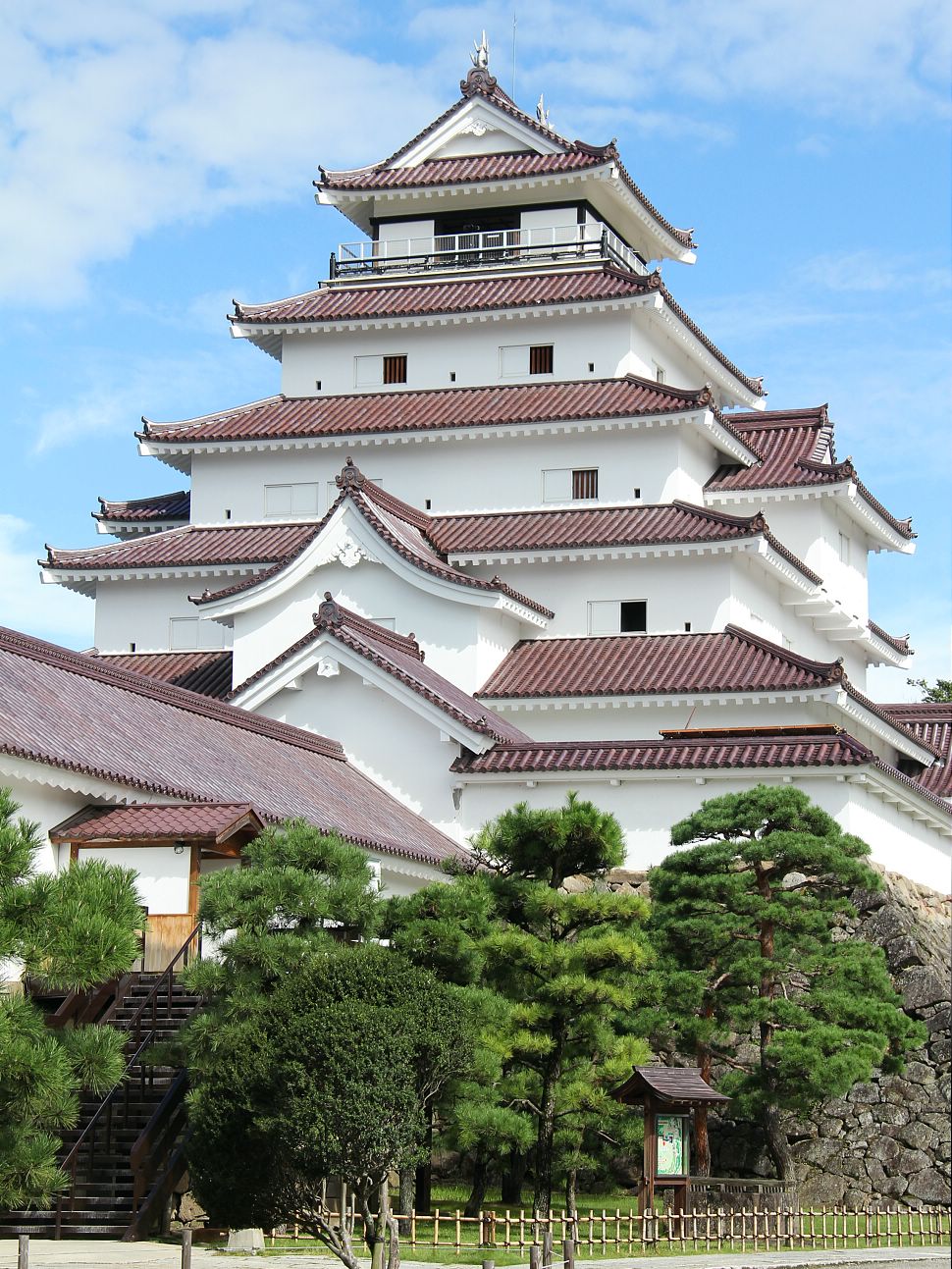
I take a stroll around the castle's grounds accompanied by a tour guide who imparts her extensive knowledge of the place. English tours are offered but may not be readily available, so it is recommended to book in advance via the castle's official website. Tour or no tour however, the castle park's wide green lawns are great to walk around, with the park said to be especially beautiful in spring when its 1000 cherry trees blossom. After my stroll, I head into the castle keep where there is an interesting museum with English descriptions that recount the history of Aizu. After the museum, I climb to the top floor and reach the castle's observation deck from which I take in the views of Aizu and the surrounding mountains.
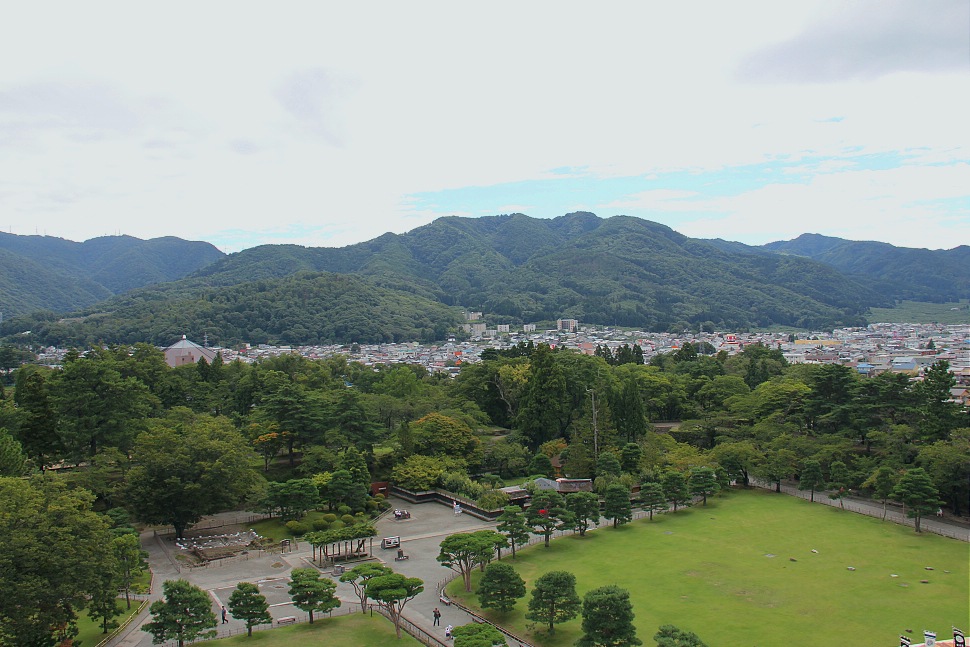
Climbing the staircase to the top of the castle has left me a tad thirsty, and what better thirst quencher than traditional Japanese tea? With this in mind I head to Rinkaku, a traditional tea house on the other side of the park, to wet my whistle. Rinkaku dates back to the Edo Period and has picturesque gardens that make for perfect viewing while I sip my tea.
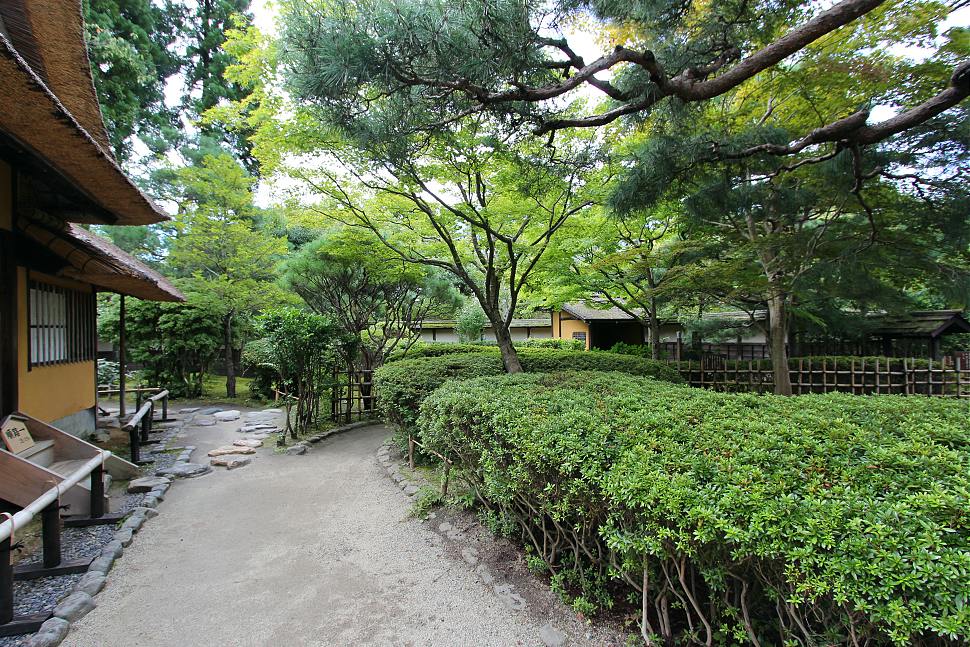
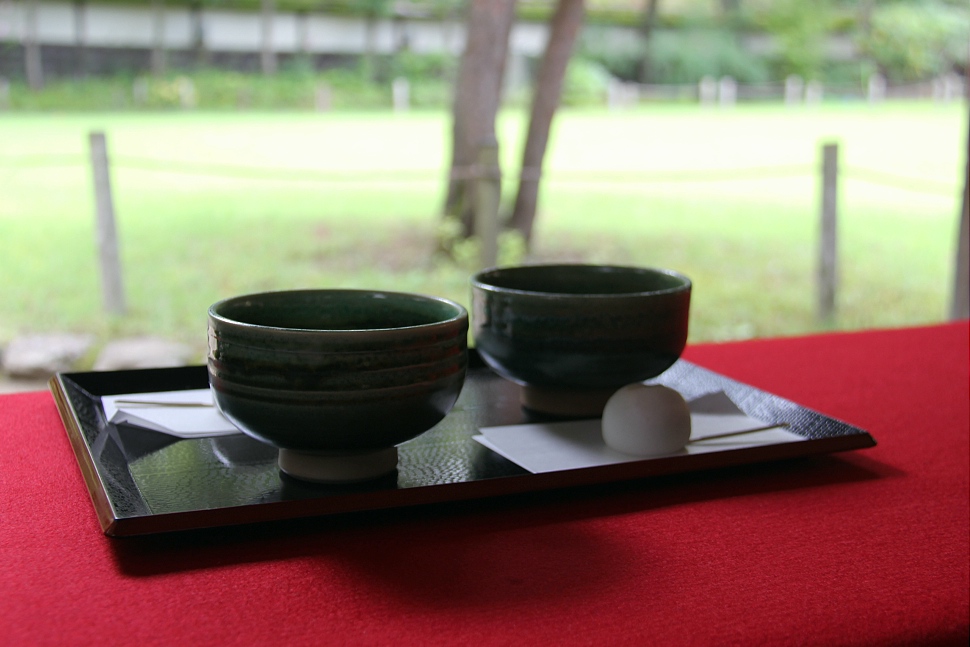
It's now time to make my way to Kitakata, a main town in the north of Aizu, but on the way I make sure to stop at Michi-no-eki Aizu Yugawa, Aizu-bange. Opened in 2014, this roadside station boasts a farmers market in addition to the usual amenities such as a cafe and souvenir shop. The sleek, modern farmers market sells exclusively local produce including the celebrated local rice, fruit and vegetables; all considerably cheaper than at supermarkets! There's also a gelato stand with various veggie and fruit flavors including butternut and mango. I decide after a few minutes of pondering to make a pre-lunch snack of the strawberry cheesecake flavor and then it's back on the road to Kitakata.
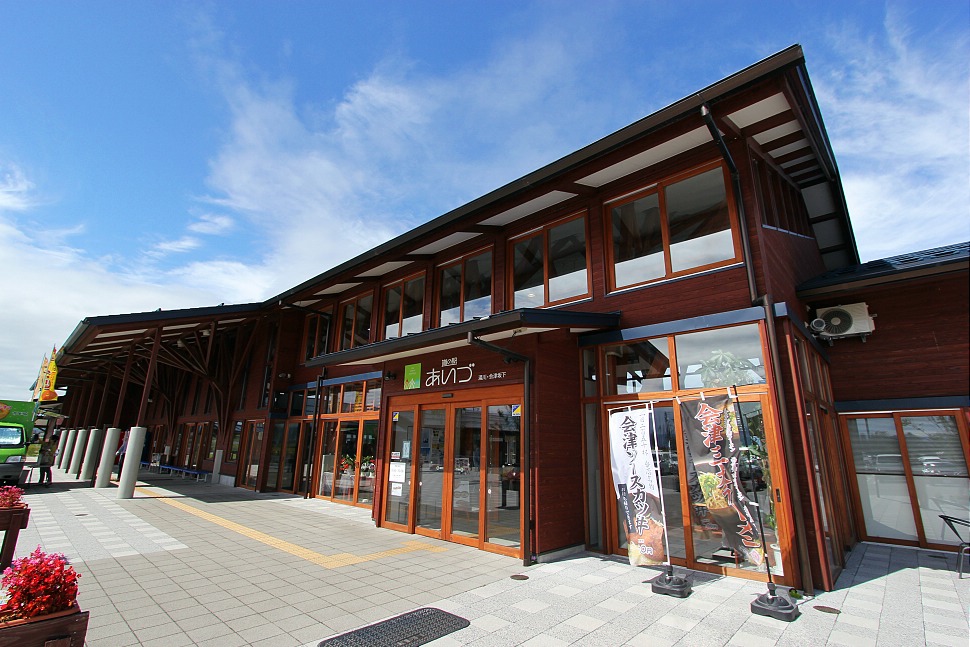
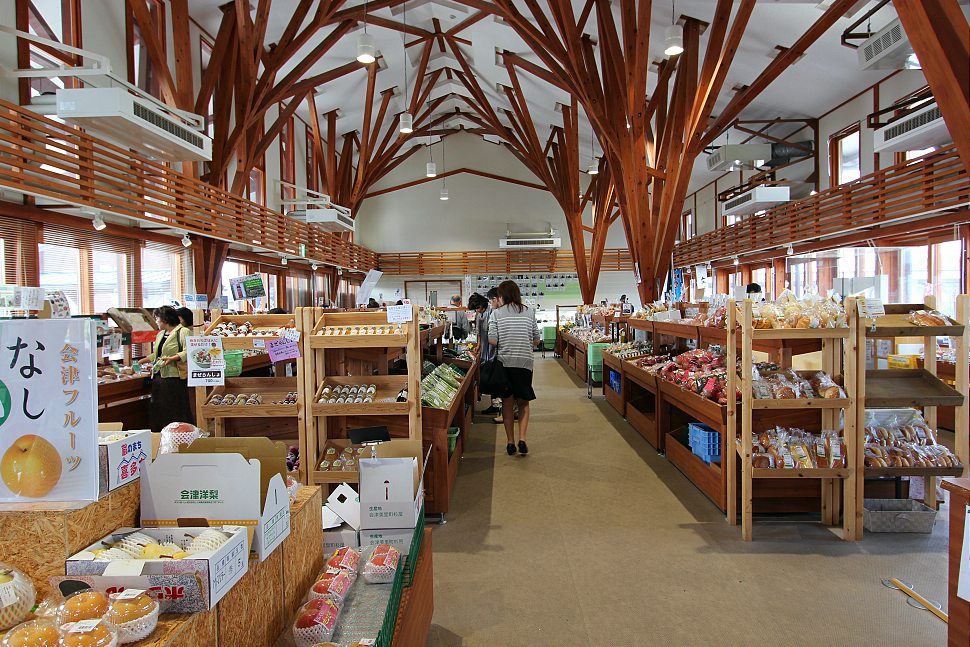
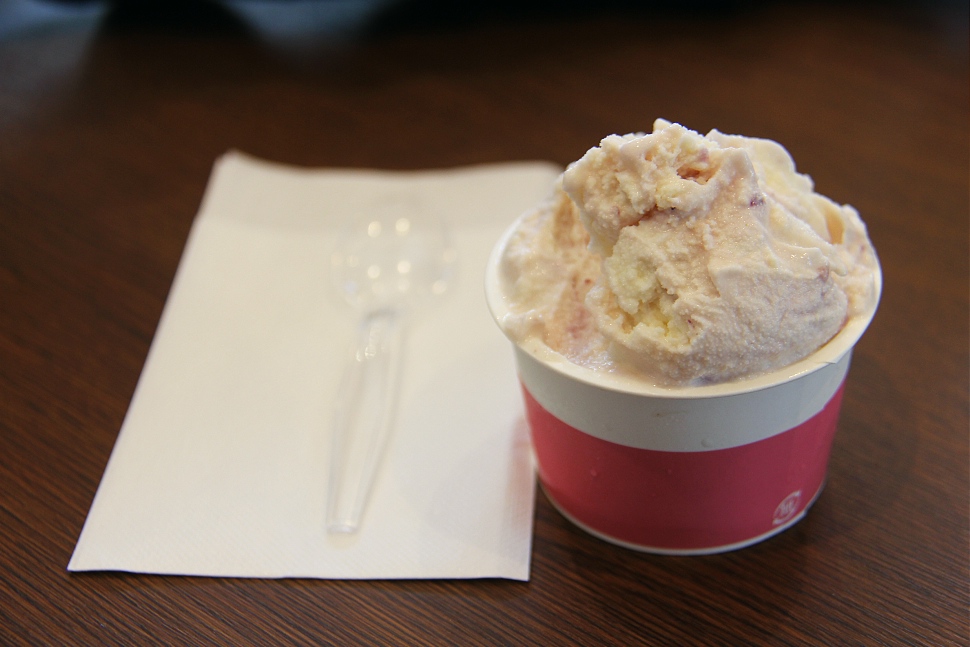
Kitakata has been a center of lacquerware for around 400 years and is known for producing exceptionally strong, elegantly simple wares. I arrive in town and head to Kitamihachirobei Shoten, a shop with a 160 year history of making and selling lacquerware, to see some for myself. True to reputation, the lacquerware items on display here are beautiful in their simplicity, and are said to have excellent insulation properties which make them ideal for maintaining the temperature of hot food during Aizu's chilly winters.
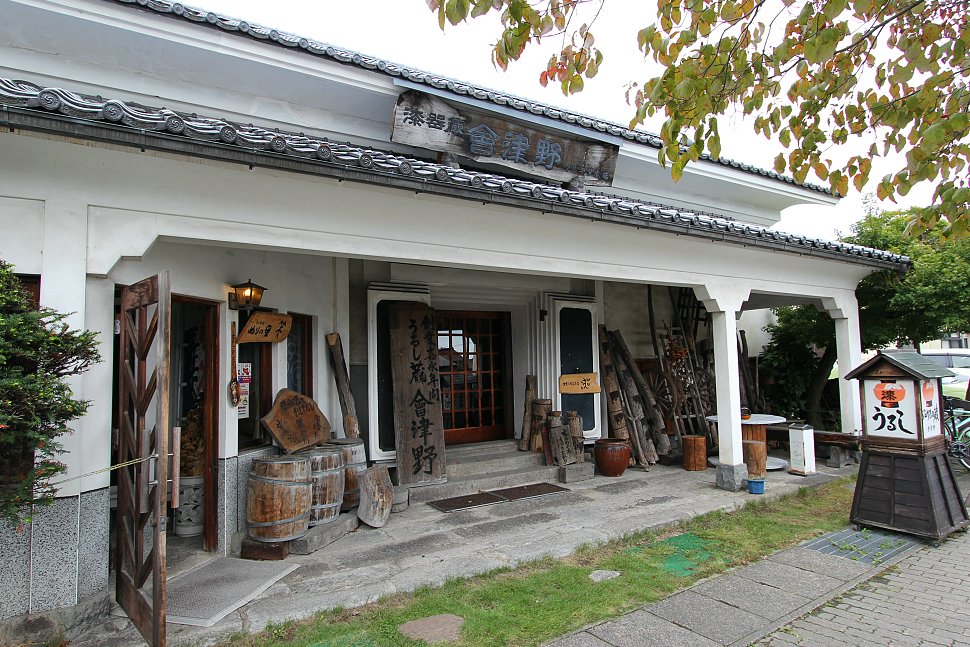
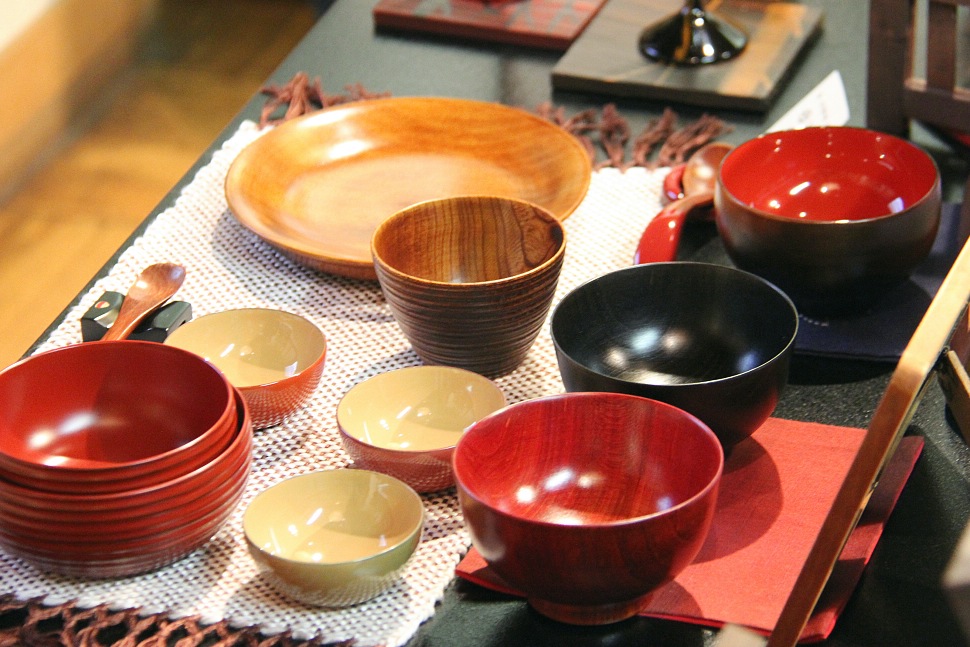
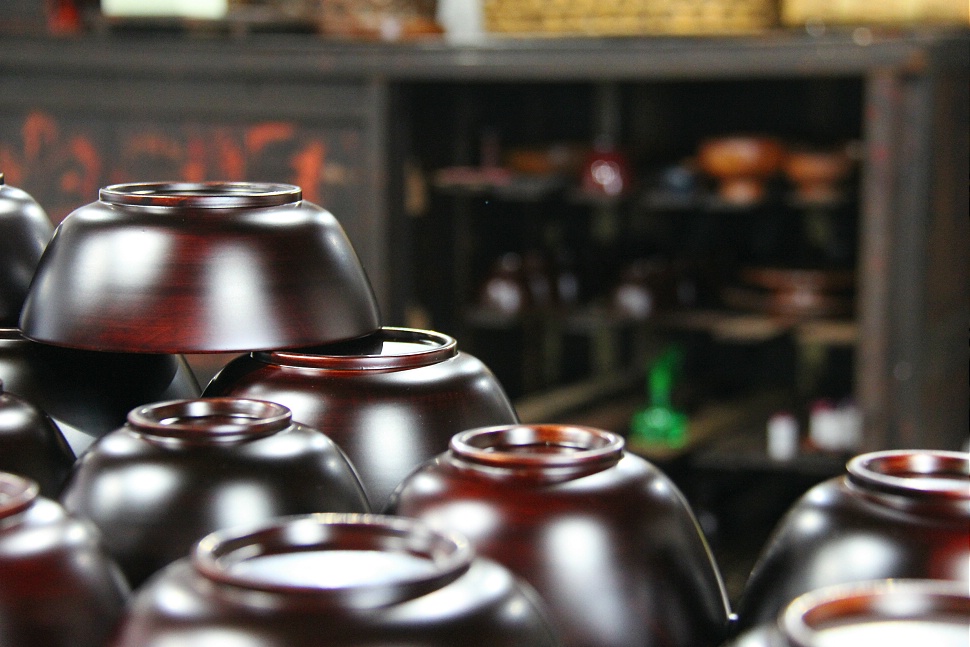
Kitakata is perhaps most famous for its ramen noodles which are recognized as one of Japan's top three ramen alongside Hakata Ramen and Sapporo Ramen. To my delight it's lunch time, so off I go in search of some Kitakata Ramen. My nose guides me to Kofuku, one of the myriad of ramen restaurants within the town's narrow streets. True to Kitakata's time-honored traditions, the ramen here is made with thick, flat noodles in a light soy sauce-based broth and is delicious and refreshingly light in contrast to the stodgier ramen originating in some other areas of the country. The reason the ramen is made to be so light is that here in Kitakata, the dish has traditionally been enjoyed as a morning meal, and therefore is intended not to be overpowering for recently-risen stomachs. Satisfied, it's time for the final stop on my tour of Aizu, the Yamatogawa Sake Brewery.
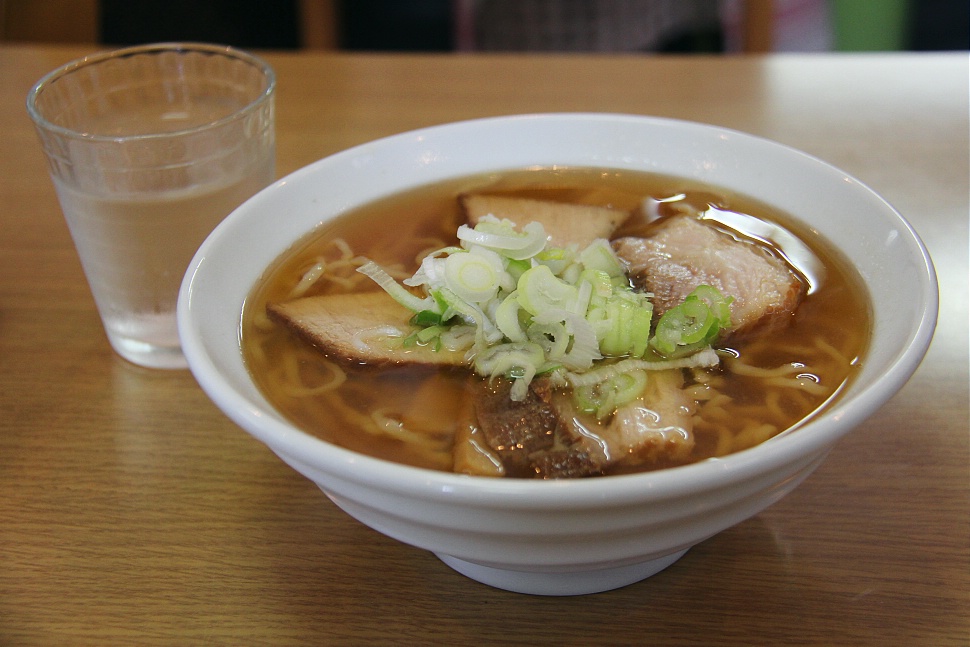
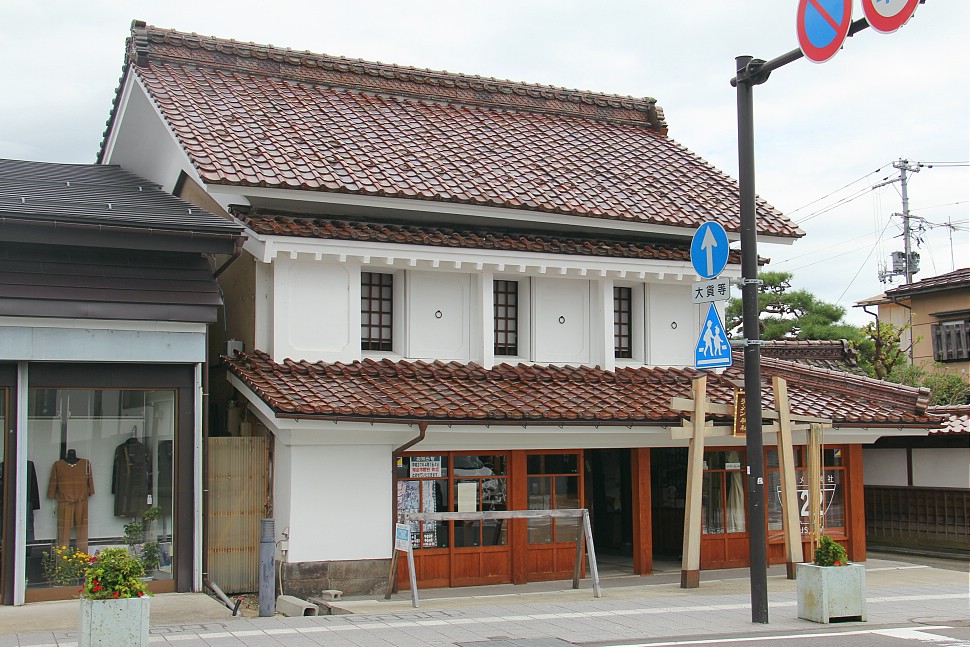
Aizu with its cool climate, high grade rice and abundance of pure water, is a perfect place for making premium sake. The region's breweries have been winning top prizes consistently at the annual national sake awards to a degree that it can be said that Aizu Sake is number one in Japan.
One of the many celebrated breweries is the Yamatogawa Brewery in Kitakata. The brewery is owned by the 9th generation of Kitakata's family of sake masters and dates back to the Edo Period. I decide to take the tour of the sake museum which is based in an old building where the sake was originally brewed (today it is brewed five minutes down the road). The atmosphere inside the old building is reminiscent of centuries past, while the tour itself shows some of the processes and tools involved in sake brewing. At the end of the tour I get the chance to taste the pure water that the sake is made from, and perhaps even more excitingly, get to sample some of the sake for myself! The taste is as delicious as I expected and rounds off a memorable trip to this special part of the country.
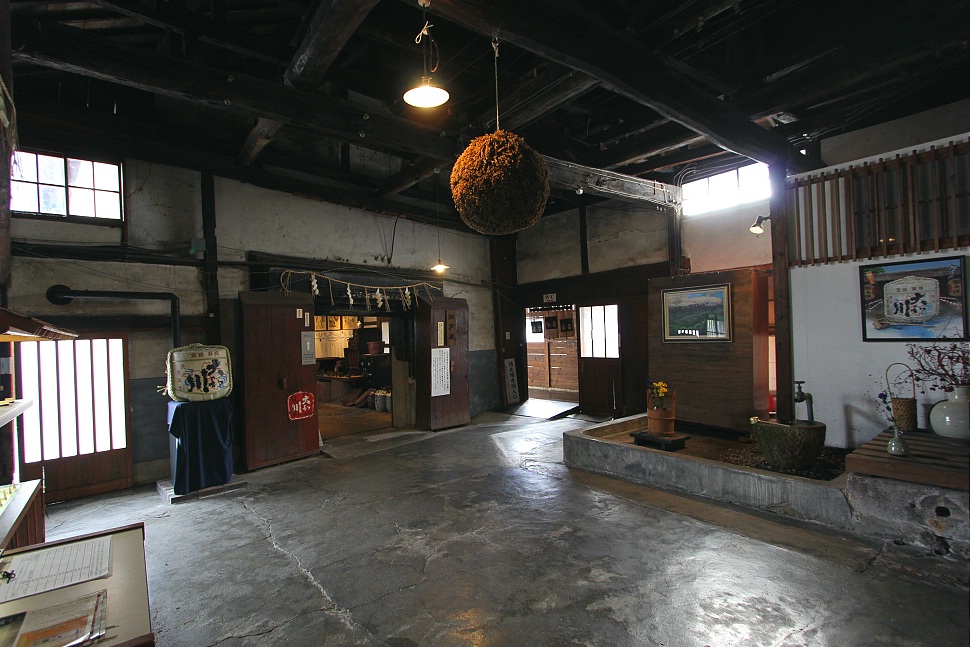
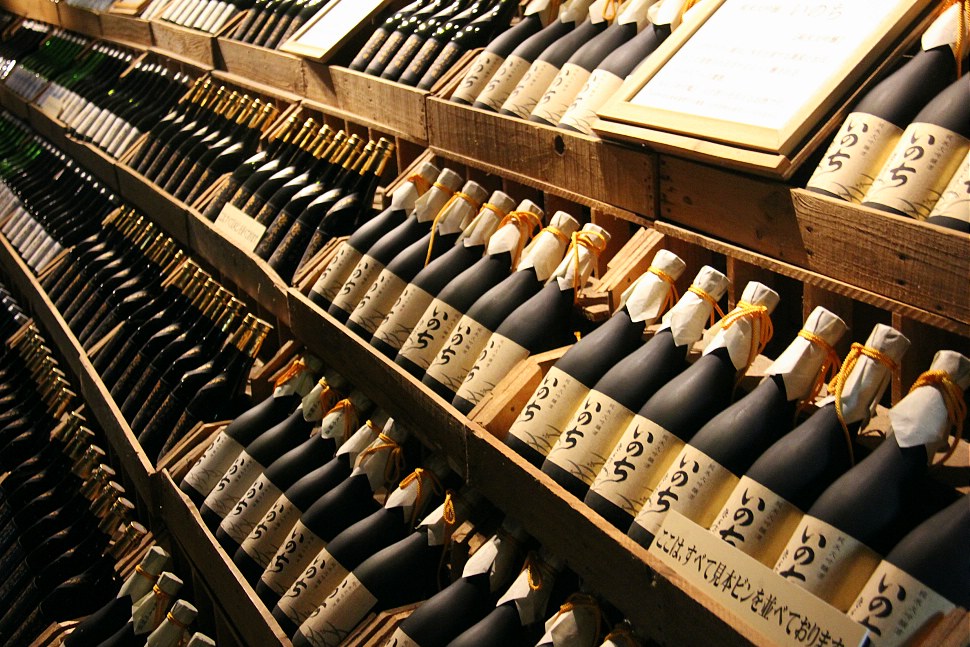
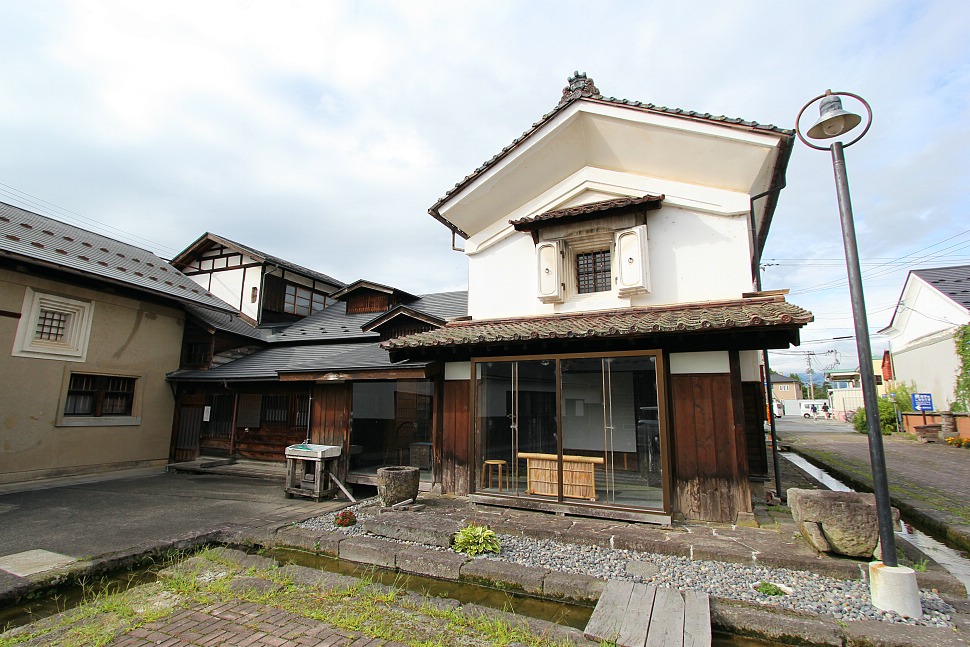
Link
- https://aizuwakamatsu.mylocal.jp/trip/en/ (for more information on Aizu)